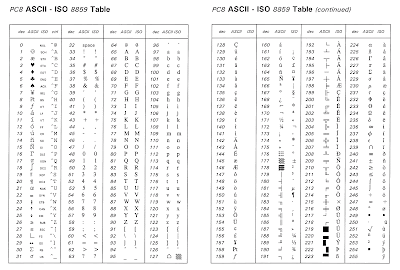Identify Buffer Overflow
a) Identify and Describe the Vulnerability
The vulnerability in the provided C source code is a buffer overflow. Here’s a detailed description:
Code Segment with Vulnerability:
void dumbFunction (char *str) {
char buffer[16];
strcpy(buffer, str);
}
void main() {
char large_string[256];
int i;
for (i = 0; i < 255; i++)
large_string[i] = 'A';
large_string[255] = '\0'; // Null-terminate the string
dumbFunction(large_string);
}
Description:
- Buffer Overflow: In
dumbFunction, thestrcpyfunction copies the content ofstrintobuffer, which is a fixed-size array of 16 bytes. Thestrcpyfunction does not perform any bounds checking, so ifstris longer than 15 characters (plus 1 for the null terminator), it will overflowbuffer, leading to potential overwriting of adjacent memory.
Why This Vulnerability Can Happen:
- Lack of Bounds Checking: The
strcpyfunction does not check if the source string fits within the destination buffer. It simply copies data until it encounters a null terminator, which can cause it to write beyond the allocated buffer if the source string is too long. - Fixed-Size Buffer: The buffer
bufferindumbFunctionis only 16 bytes in size, while the input stringlarge_stringinmainis 256 bytes long. This mismatch makes the overflow possible. - Assumptions in
main: Themainfunction creates a string that is exactly 256 bytes long and passes it todumbFunction. SincedumbFunctionis not equipped to handle such large inputs, this results in overflow.
How Buffer Overflow Can Be Exploited:
- Memory Corruption: The overflow can overwrite important data or control structures in memory, potentially leading to unexpected behavior, crashes, or security vulnerabilities.
- Arbitrary Code Execution: An attacker could exploit a buffer overflow to overwrite a return address or function pointer, allowing them to execute arbitrary code with the same privileges as the vulnerable program.
Prevention:
- Use Safer Functions: Replace
strcpywithstrncpyor similar functions that allow you to specify the maximum number of characters to copy, preventing overflow. - Bounds Checking: Always validate the size of input data before copying it into buffers.
- Dynamic Allocation: Consider using dynamic memory allocation (
malloc/free) instead of fixed-size arrays when dealing with variable-length data.
In summary, the buffer overflow vulnerability occurs because strcpy copies more data than the fixed-size buffer can handle, leading to potential memory corruption and security risks.


Ulasan